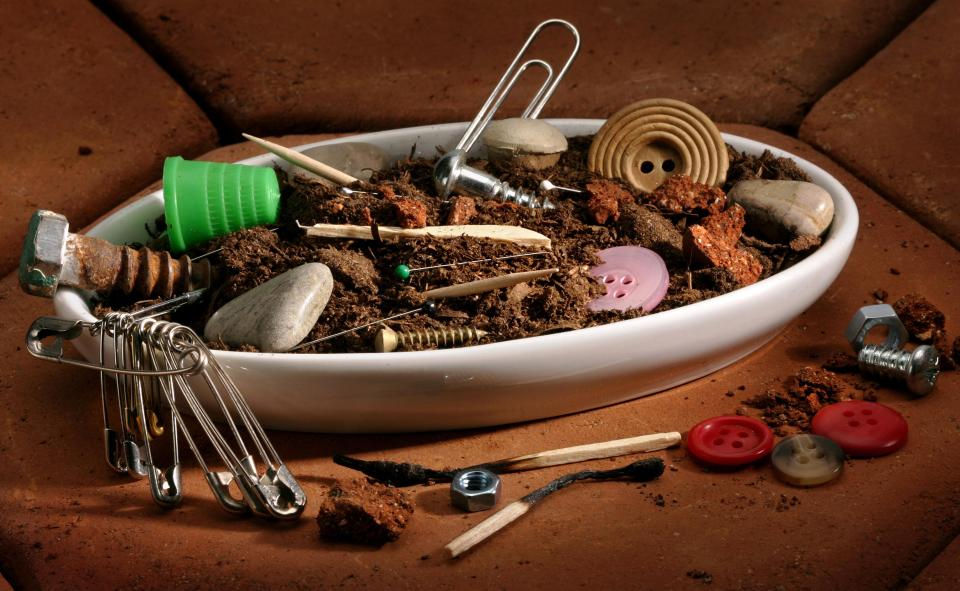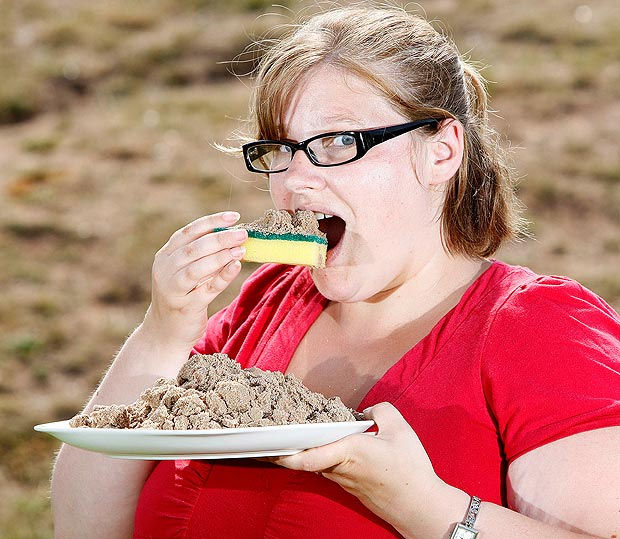
Ever craved to eat weird things like mud, chalk, or paper? Then you might be suffering from ‘Pica’!
The term “Pica” originates from the Latin word for the bird, Eurasian Magpie (Pica pica). The Eurasian magpie is famous for its unusual eating habits. It is known to eat almost anything under the sun. This unusual eating nature of the innocent bird has given way for the nomenclature of one of the most highly incident eating disorders, Pica.
What is Pica?

The significance of the name lies in the fact that Pica is characterized by the compulsive urge to ingest items that are non-nutritive and non-food in nature.
This action of ingesting non-food items can be considered as Pica only if it has persisted for a month or more, and also at an age when eating such items consciously is considered inappropriate from a development point of view. In children under two years of age, mouthing small objects is considered a part of the development of their senses, hence, this cannot be considered under Pica.
Causes

The causes of Pica vary right from nutritional deficiencies to mental and emotional disorders. Pica can be a coping mechanism to fulfill deficiencies in the body. Alternatively, Pica has also been found as one of the manifestations of mental disorders and can amount to “comfort eating”.
Let’s have a look at some of the causes why one might end up eating bizarre stuff:
· Dieting and malnourishment can cause Pica.
· Pica occurs most commonly in pregnant women and small children, who have the urge to ingest soil, clay, chalk, stones, ice, paper, etc. The urge to eat soil (Geophagia) indicates anemia and a low level of hemoglobin whereas eating paper (Pagophagia) or starchy matter (Amylophagia) indicate low red blood cells and low plasma zinc levels.
· Emotional stressors like childhood trauma, family issues, parental neglect, maternal deprivation, pregnancy, disorganized family structure, etc. can also lead to Pica.
· Children with mental or developmental disabilities like autism most commonly have Pica.
· Mental conditions like OCD (Obsessive Compulsive Disorders) and Schizophrenia can cause Pica in adults.
· Some cultural practices involve clay ingestion, which leads to Pica.

Signs and Symptoms of Pica
. Compulsive and persistent eating for over a month of non-food items like soil, chalk, ice, paper, clay, hair, soap, wool, cloth, string, paint, metal, pebbles, talcum powder, ash, gum, charcoal, starch, urine, vomit, feces, glass, dust, mucus, etc.
. Inability to stop ingesting such non-food items.
. The urge refuses to go away even after long periods of time.
. Eating these substances, not as a part of cultural or social practice.
. People with Pica usually have no problem ingesting other normal food items.
Effects
· Ingestion of lead-based paints can cause intoxication and poisoning in children, impairing physical and mental development.
· Ingestion of metal (Metallophagia) or sharp objects (Acuphagia) can tear and injure the GI tract and cause internal bleeding.
· Ingestion of hair, wool, strings, and other fibers (Trichophagia) can create Bezoars in the GI tract that can cause obstructions in bowel movements.
· Ingestion of soil, dirt (Geophagia), and feces (Coprophagia) can lead to stomach infections like toxoplasmosis and toxocariasis.
· Ingestion of glass (Hyalophagia)) or wood (Xylophagia) can cause choking as well as injury to the throat and esophagus.
· Ingestion of many foreign objects can lead to severe tooth problems.
Diagnosis
Although there are no established diagnostic procedures, observation of signs and symptoms can help in early diagnosis and treatment of Pica, before it becomes fatal in varying degrees. Your physician can perform blood tests to determine nutritional deficiencies and prescribe appropriate medicines. However, if a person is mentally or developmentally impaired and has Pica, then diagnosis becomes harder since they tend to hide such behaviors from others.
Treatment

. Proper medication for Pica-associated nutrient deficiencies like iron, zinc, etc.
. Behavior-based treatments for children, mentally impaired or otherwise, and even for adults.
. Positive reinforcement strategies to cure attention-related Pica in children.
. Discrimination training between food and non-food items.
. Effective distraction strategies to redirect attention from Pica-related items.
Most people experience Pica, mostly while growing up as kids! Even I did, too. But there is nothing to be ashamed of! Or even scared of! On an unserious note, how many of you had eaten soil, clay, mud, or chalk when you were small? I loved clay pencils ;-)!!
Comments